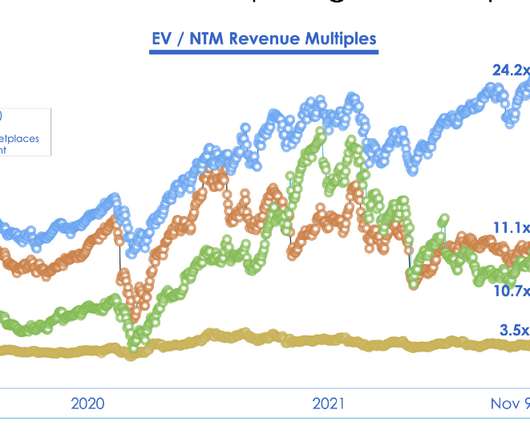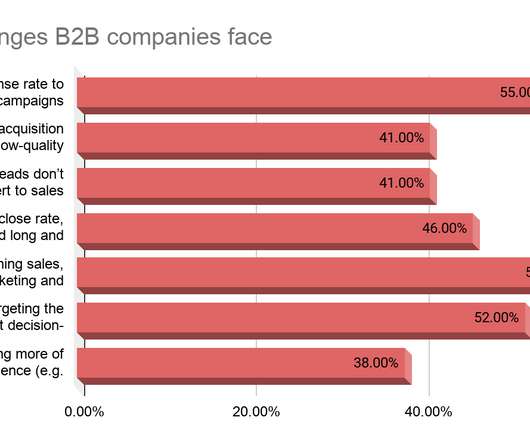Is a Venture Studio Right for You?
Steve Blank
JANUARY 17, 2023
Venture studios create startups by incubating their own ideas or ideas from their partners. They then transfer the IP and build the startup inside the venture studio. An industry agnostic studio , such as Rocket Internet , is a standalone venture studio that generates its own ideas and IP and is industry and market agnostic.














































Let's personalize your content